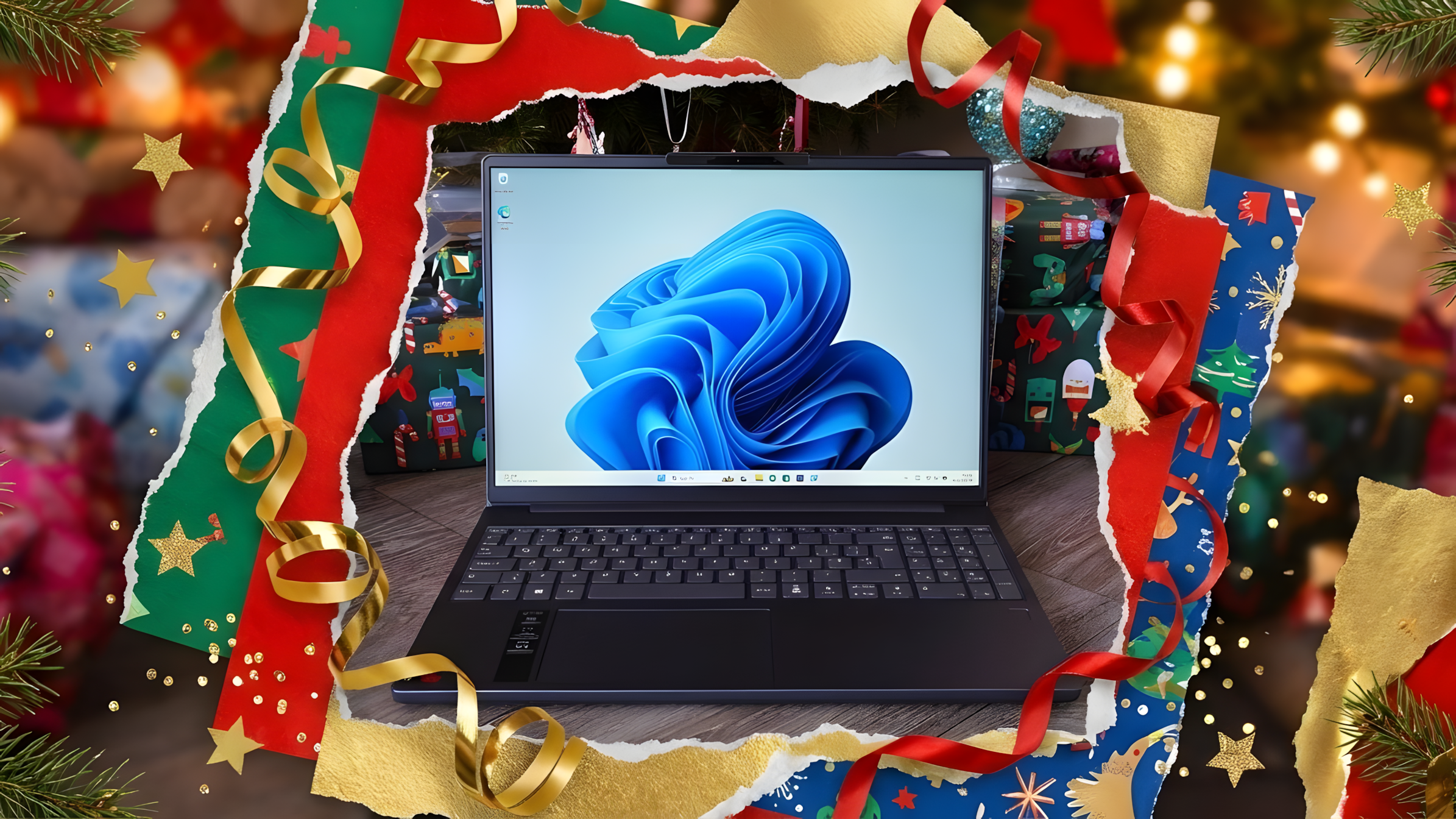Here are all the wireless VR accessories worth picking up
It's probably not the time to go wireless yet, but it will be soon!
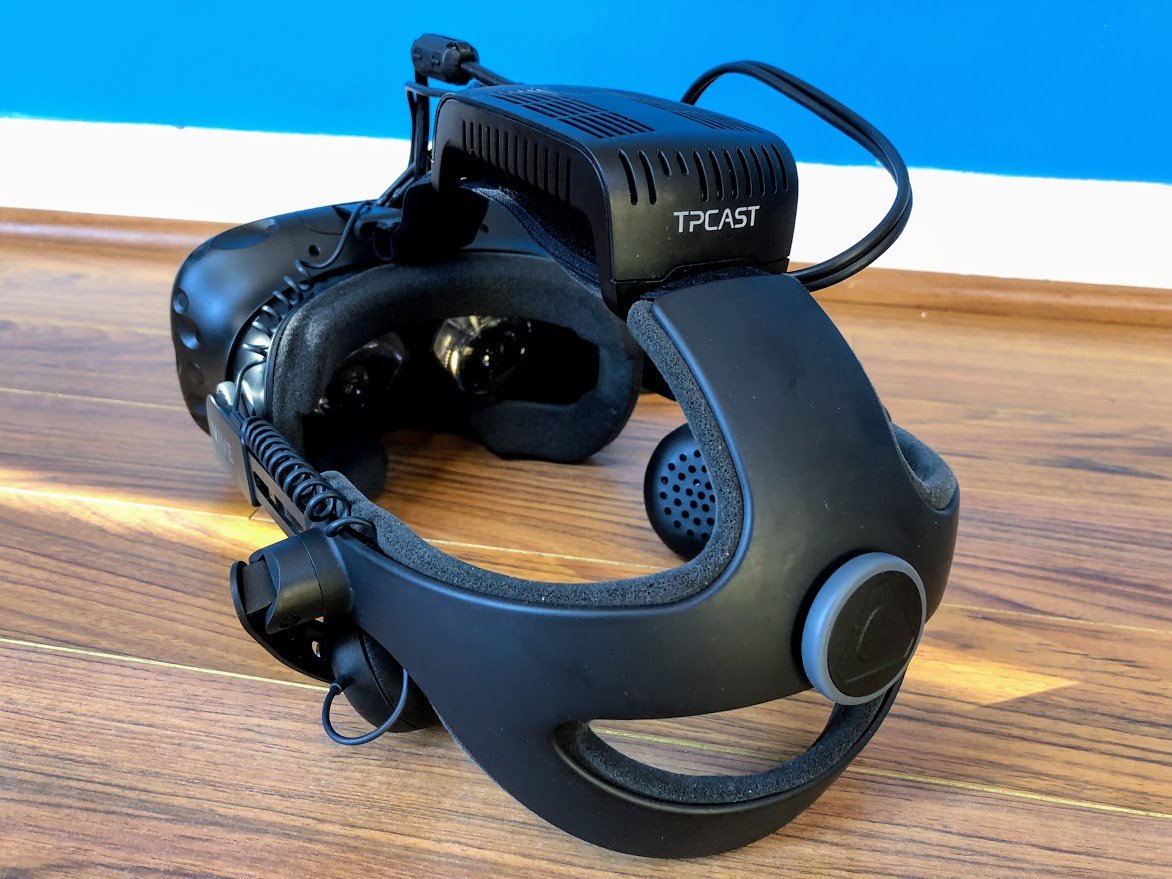
There's a lot of fun to be had inside a VR headset, but regardless of what platform you're using right now, there's one upgrade everyone wants. It would be super great if we could all just ditch the cord tethering the headset to the real world. It's easy for new users to get caught up in the cable, and particularly active games make it very easy to twist the cable up in knots. A wireless solution would be ideal, and by the end of this year, there will be several options for some VR headsets to choose from.
Here's what we know so far about the wireless adapters coming to your VR headset, and which will be worth dropping cash on.
HTC Vive
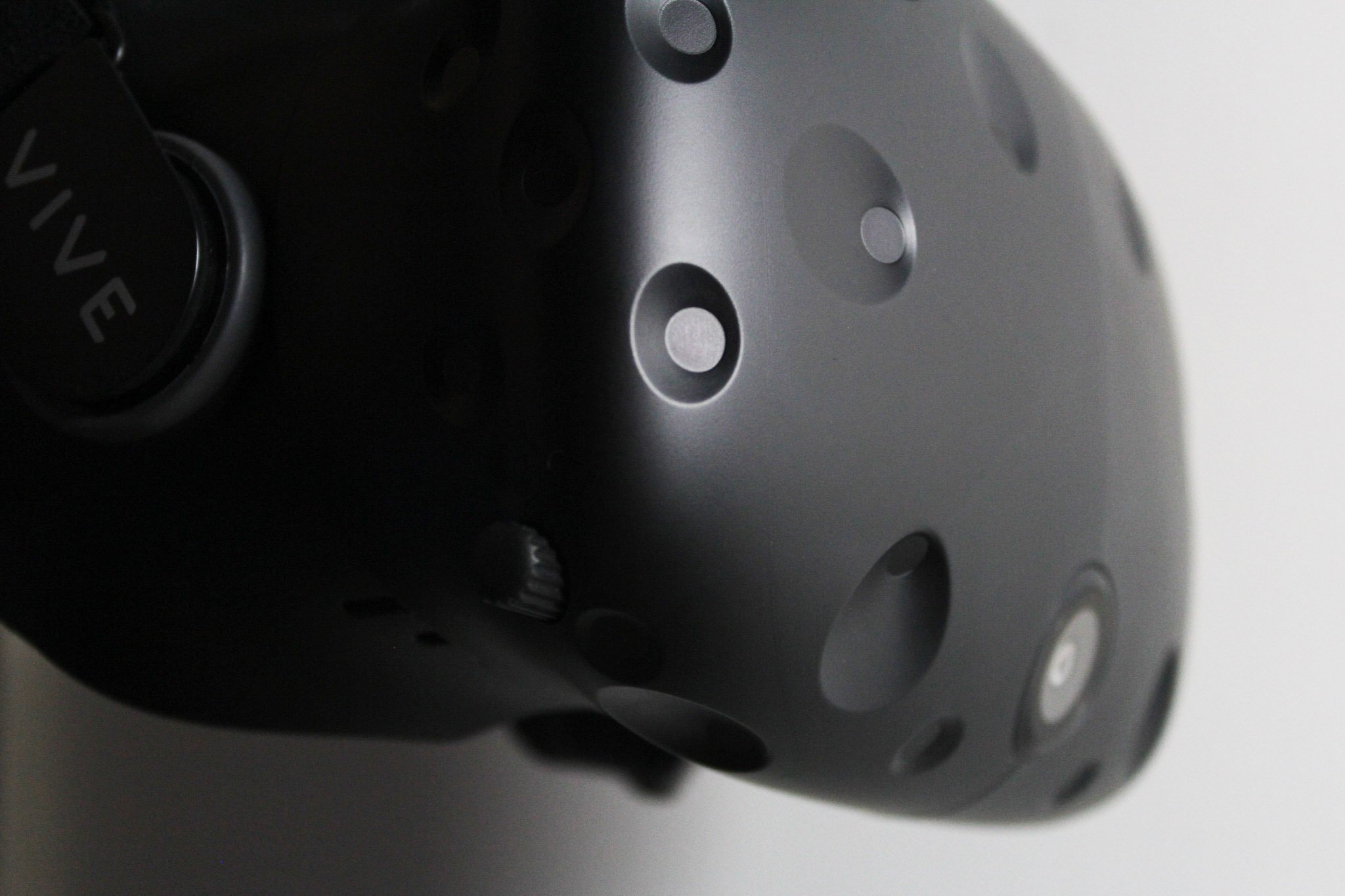
Vive owners are some of the only VR users who can jump about with a wireless adapter right now and ditch the cable entirely. But as the saying goes, just because you can doesn't necessarily mean you should.
TPCast Wireless Adapter
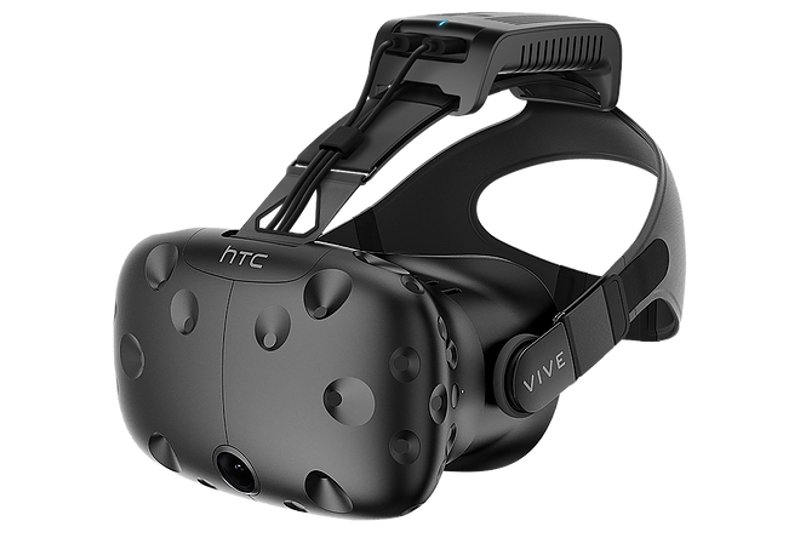
As the first wireless adapter, the only thing this accessory needs to do is work consistently and prove that it's possible to lose the cable. And for the most part, it does exactly that. Having used the TPCast adapter on my own Vive for a couple of months now, there's very little difference in framerate between wired and wireless and there's no perceivable lag when playing any of my SteamVR games.
Where the TPCast adapter shows its largest limitation is on the fringes of the display itself. The adapter struggles to fill your Vive display with the whole image, so you get these faint green lines on the outer edges of the display. Some users found you can avoid seeing these lines by extending the headset so the lenses are farther from your eyes, but doing so only replaces the green lines with more of the dark space from the headset. Either way, it's a noticeably less immersive experience.
This accessory also requires a considerable amount of hardware to set up and use. It comes with its own router to set up in your VR room, separate from the transmitter and receiver you have to install and position so there's always line-of-sight between the two. If you want wireless VR right now, this will absolutely get the job done, but it's clear there are less complicated and higher quality options coming later this year.
All the latest news, reviews, and guides for Windows and Xbox diehards.
TPCast Plus

As the only company with a wireless adapter on the market right now, TPCast has had time to receive feedback from real world users and use that in its upgrade. The TPCast Plus promises to simplify the set up and launch process for wireless VR, as well as support 2K per eye resolution headsets with 90fps video. Enhanced audio transmission, both through headphones and microphone, are also promised with this upgrade.
This adapter seems noticeably larger than its predecessor, but only because the battery for this model is mounted on the headset itself instead of attached to a cable made to be worn around your waist. TPCast unveiled this upgrade at CES 2018, with an expectation to release the headset adapter in the first half of this year.
HTC Vive Wireless Adapter
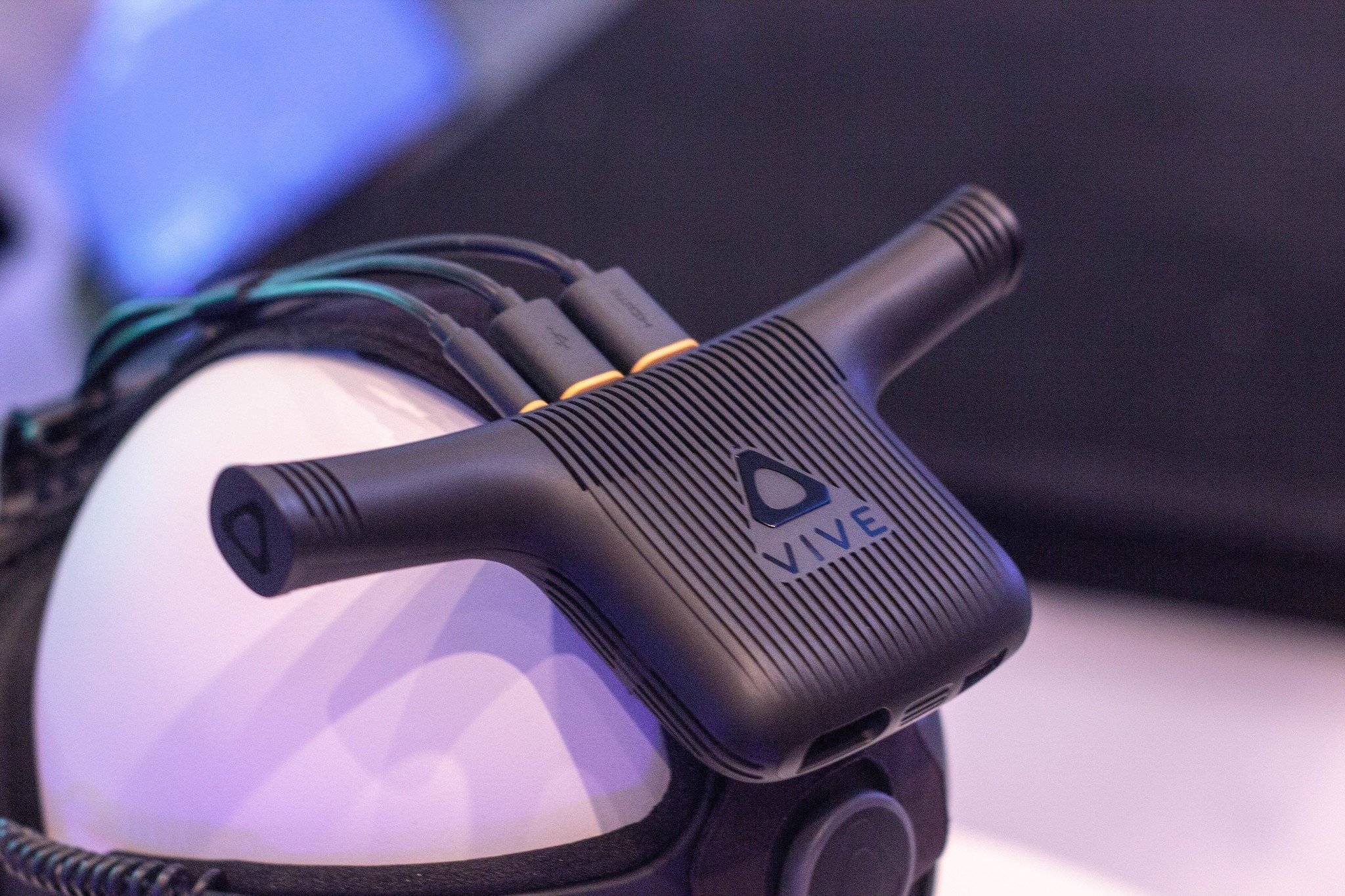
HTC and Intel have teamed up to make a wireless adapter for the Vive and Vive Pro built on WiGig tech, making it far less likely to be impacted by local interference or wireless spectrum congestion. Intel promises WiGig will be a more stable platform for the amount of data being sent through the Vive or Vive Pro, and based on our initial experiences with the adapter those seem like accurate descriptions of the experiences being offered.
The Vive wireless adapter is also much smaller than the other wireless VR accessories for the Vive, though like the current-generation TPCast model also relies on a battery worn at the waist to better distribute weight and provide power. This currently seems like the best all-around option for the HTC Vive or Vive Pro, but HTC has announced this accessory won't be shipping until Q3 of this year.
Windows Mixed Reality
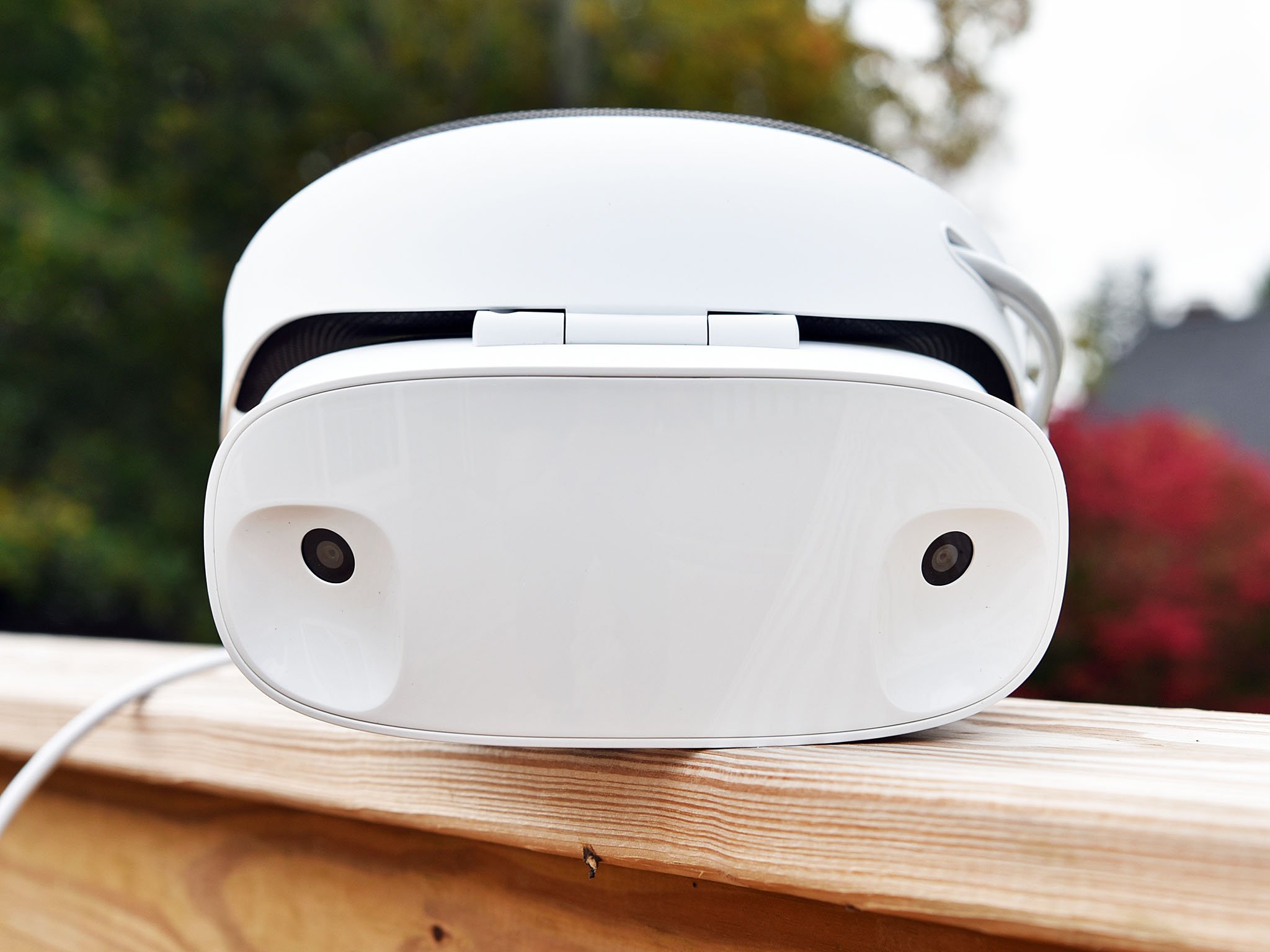
While there are many Windows Mixed Reality headsets out there, Microsoft worked hard to make sure they all connect to your PC in the same basic way. All you need is a modern HDMI and USB port, and you're good to go. That means if you make a wireless adapter for one headset, it could work for all of them.
TPCast Plus
Announced alongside the TPCast Plus at CES was the universal adapter for Windows Mixed Reality headsets. This accessory is designed to act as a reference design for any future Windows Mixed Reality headset manufacturers who would want to work directly with TPCast to release something natively wireless using the TPCast tech, but for existing headset owners it seems like the fastest path to wireless use.
One of the things not addressed by this adapter launch yet has been what happens to the extra cable hanging off the back of the headset. Aside from the HP Windows Mixed Reality headset, these cables are fixed to the headset and are at least 10ft long. It's likely there will be some way to bind that extra cable around you, but we'll need to wait until the accessory is closer to launch to know for sure.
What about Microsoft?
Will Microsoft make an official adapter for existing Windows Mixed Reality headsets? It's not impossible. WiGig support was added to the Windows 10 through the Creators Update, which could mean the next Surface Laptop could natively support a wireless connection to a future Mixed Reality headset.
We know wireless VR is a priority for Microsoft, since Mixed Reality support isn't coming to the Xbox until it can be done wirelessly, making it likely we'll hear more about an official offering this year.
Oculus Rift
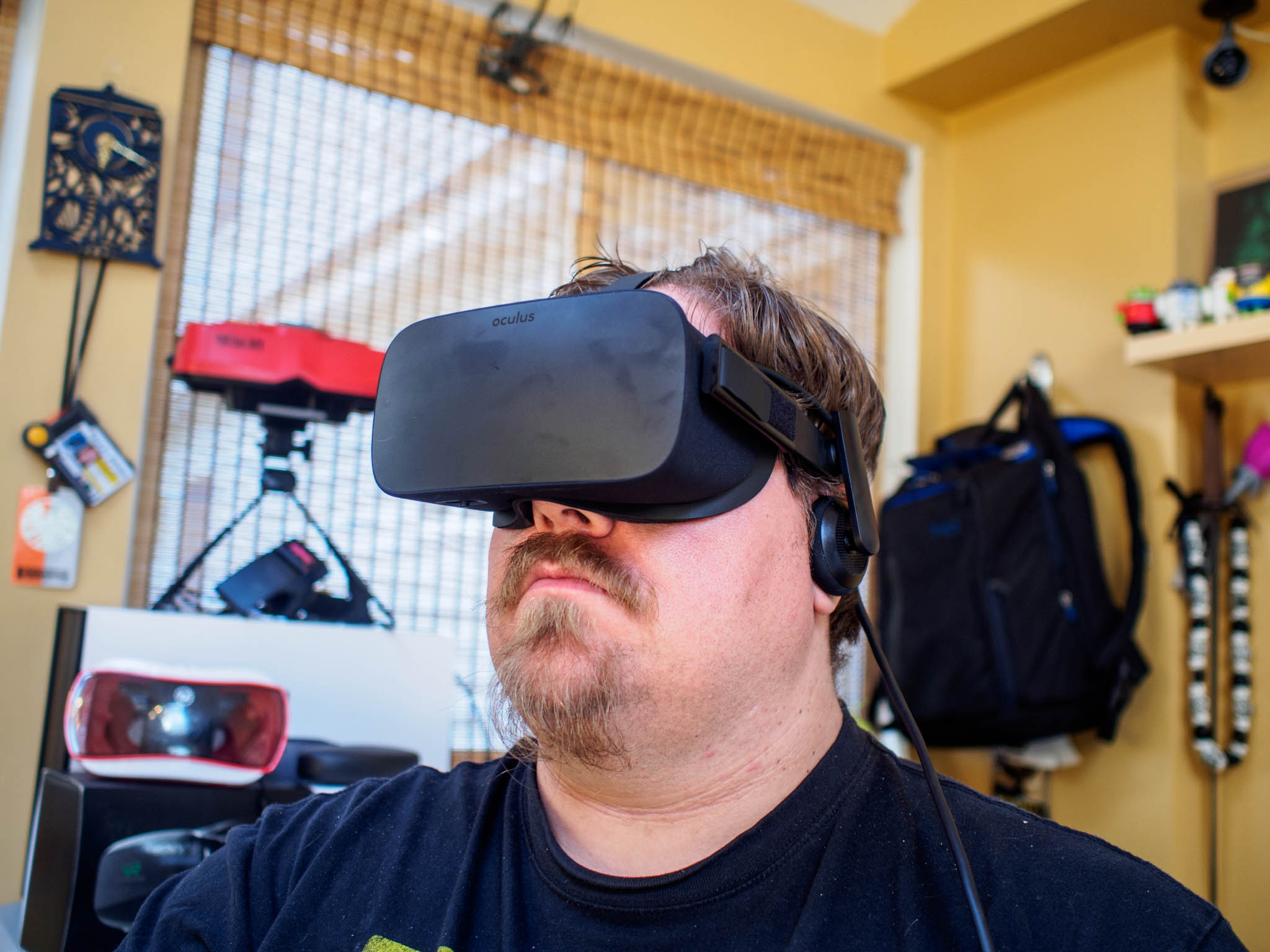
The Oculus Team has leaned heavily on wireless VR by means of entirely standalone headsets, like the upcoming Oculus Go headset and revised Oculus Santa Cruz prototypes. There's not been a lot of official chatter about a wireless version of the Oculus Rift itself, but that doesn't mean alternatives aren't on the way.
TPCast
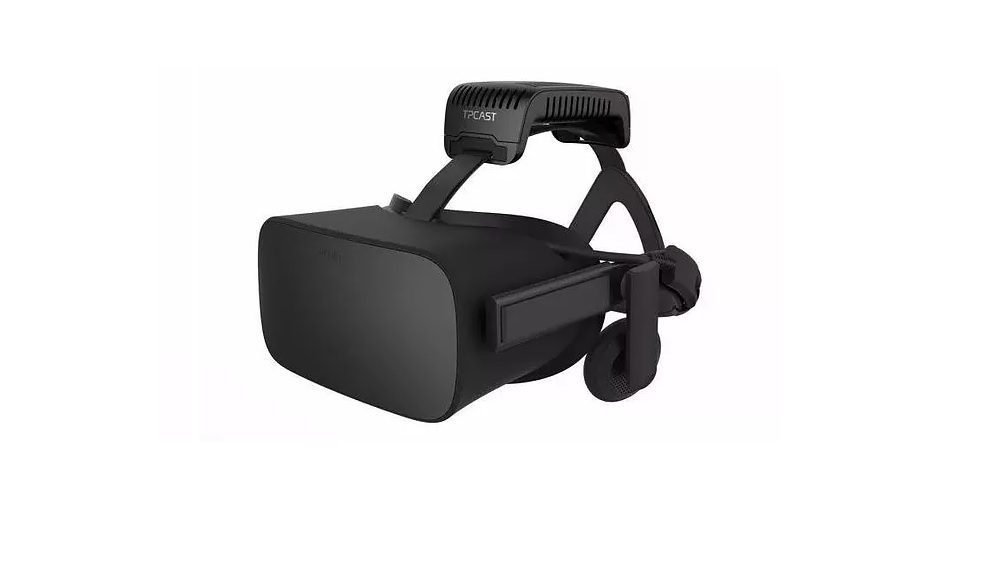
If you want to go wireless sooner rather than later, the original TPCast adpater has been reconfigured for the Oculus Rift and will be available later this month. TPCast promises up to five hours of wireless gameplay on a single battery, and low latency so there's no issues with intense gameplay.
This is the same adpater currently available for the HTC Vive, which has some issues delivering the whole screen, but the Oculus Rift uses different lenses and this wireless accessory has not yet been tested. What we do know is it will be $350 when available at the end of the month, which is $50 shy of the total cost of the Rift itself.
The TPCast Plus will also be coming out with Oculus Rift support once launched later this year.

Russell is a tech nerd who chases the best of everything, from phones to game consoles to laptops and everything glowing or beeping. He's the Former Managing Editor of gaming content for Mobile Nations and can be found contributing to all of the Mobile Nations sites. Reach out on Twitter!
